Stately Beauty: A Wander in Richmond Park
Explore Richmond Park's 2500 acres of royal history, wild deer, and scenic trails. Capture timeless beauty and unwind with tea at Pembroke Lodge.
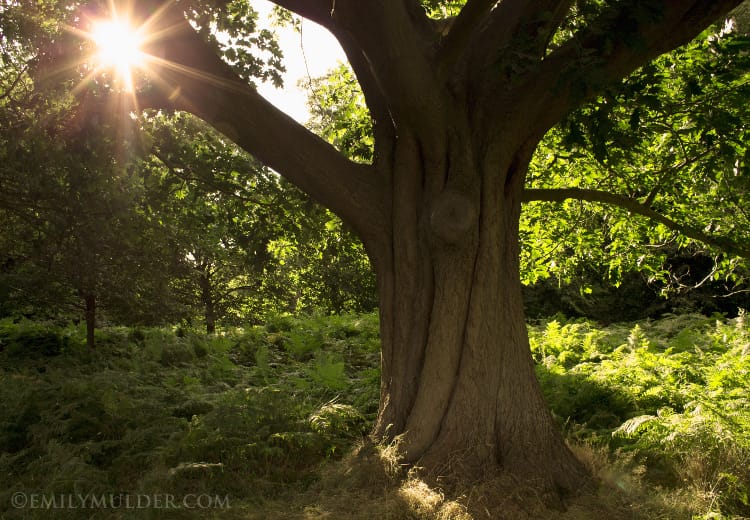
I was not in a great mood the first time I went to Richmond Park.
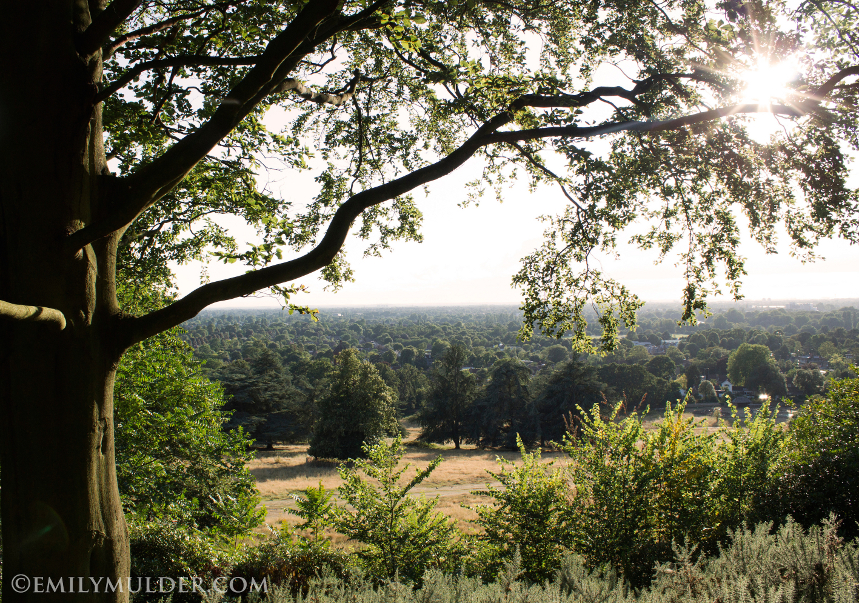
It was a monotonously grey Saturday, and I had a boatload of tedious errands to run when all I really wanted was stay in bed. As I prepared to leave the house, I complained to my landlady that I had been waiting to test drive a new camera lens, but day after day it had been dark and rainy and not given me much to experiment with in the way of light.
After a brief consultation with her trusty London A-Z (which she owns in three different sizes – her Encyclopedic knowledge of the UK is not to be questioned), she pointed out that my last chore was within 10 minutes of one of the park’s gates, and that it could certainly be sunny by afternoon.
As someone who grew up in a place where the weather you wake up with in the morning is generally the weather you have all day, I have yet to really master the one cardinal rule of living in Britain, which is of course to always be prepared for the fact that rain and sun (or rain and overcast in the winter) can alternate with an alarming frequency that follows no apparent meteorological rule. So it was with low expectations and more out of obligation than anything else that I packed up my camera bag and prepared to be irritated about carrying it around all day.
Luckily, things took a better turn, because by the time I arrived at the park’s northernmost gate, the clouds had vanished and everything was lit with sunshine.
The difference between London in darkness and in light is flooring. The darkness, being mostly what people expect, is cozy and moody and inherently British, and therefore can be appreciated in its own way. But in the light, everything becomes exposed. When you’re not shuffling along with your head down against the rain, you can finally get a look at how intricate every detail of your surroundings are, from architecture to sculpture to the little etchings on people’s door knockers, to (as my mother pointed out) the sheer size and grandiosity of the trees. On a sunny day, there is no ignoring the fact that you are somewhere truly, fantastically OLD, and that creates a very stately sense of ambiance somehow.
That stately ambiance leads me back to Richmond Park, because it is a place that embodies the term to a tee. The sprawling masses of greenery, fittingly, just feel ROYAL. That makes sense, considering its origins as a hunting park established by Charles I in 1634, when he built it as a haven for his court to escape the onslaught of the Black Plague and filled it with 2,000 deer. At close to 2,500 acres, it is three times the size of Central Park and extremely accessible, being only 15 miles and roughly 30 minutes by train from central London.
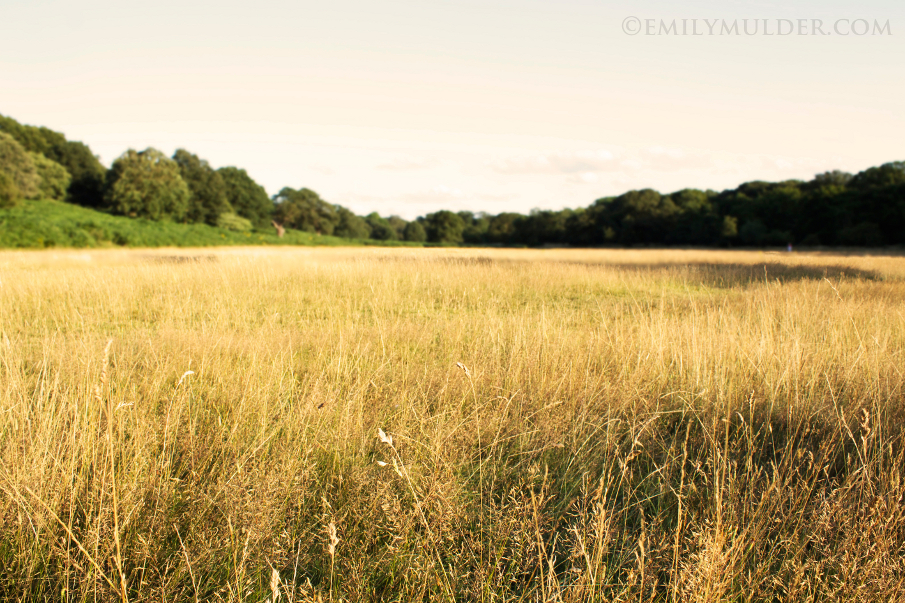
One major difference between this and other local green spaces, such as Bushy Park, Ham Common or the grounds around Hampton Court, is the fact that it is not a thoroughfare for commercial traffic. The grounds range from open, bushy fields to thick greenery with tall trees, and you can traverse all of it without ever having to worry about accidentally wandering in front of a 36 foot sightseeing bus; in the few areas where personal vehicles are allowed to cross, the speed limit is a strict 20 mph for the protection of pedestrians, deer and other wildlife.
You do have to watch out for cyclists, but that’s true of anywhere in England, and the paths that allow them are clearly marked so that you can find a pedestrian-only trail if you wish!
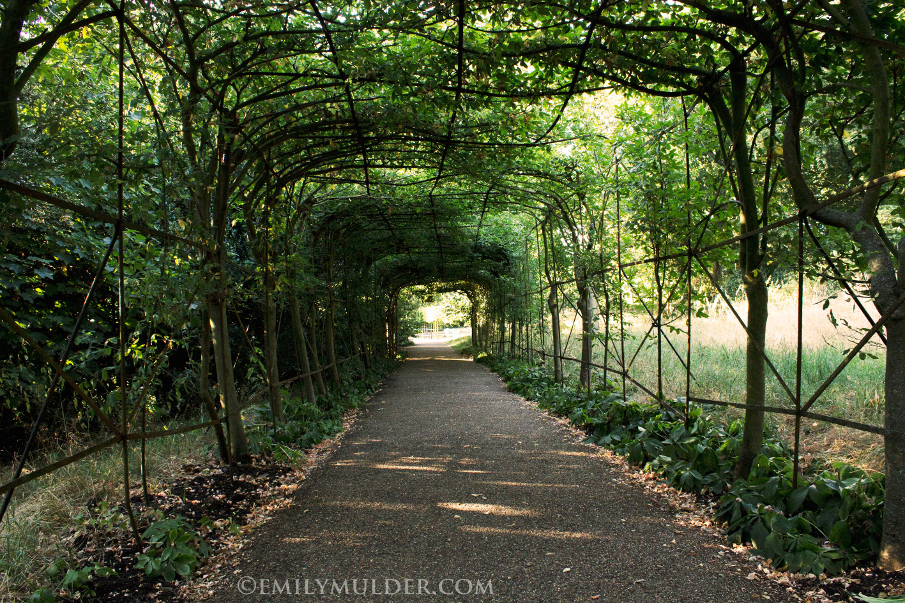
There is all manner of people in the park, but it is simply too large to feel very crowded. Even on a warm, bright Saturday afternoon, crossing paths with fellow travellers was sporadic and non-intrusive. I believe that on an off-season mid-week trip, you may not necessarily ever see anyone else, depending on the route you choose to walk. There were people walking dogs, taking photos, and groups of teenagers doing heaven-knows-what in the tall grass.
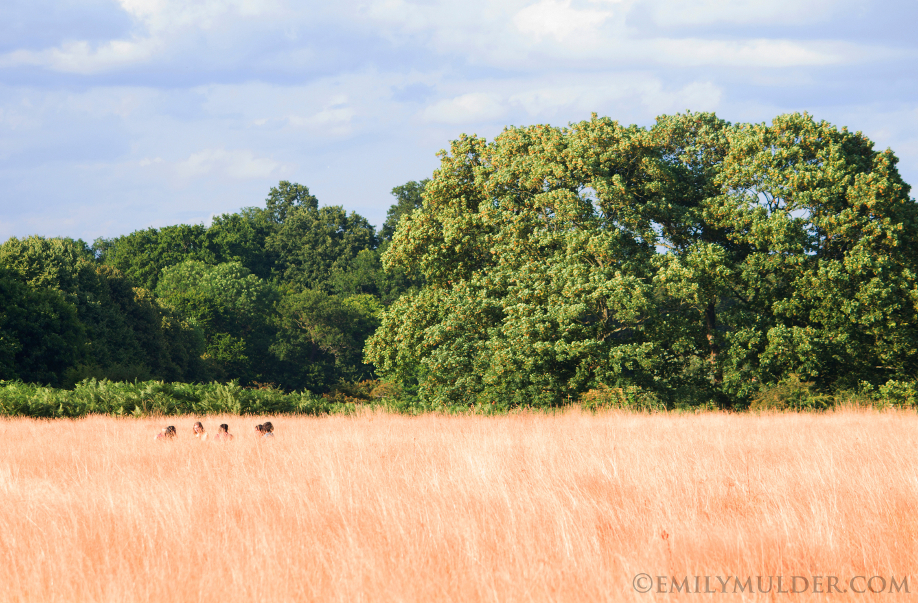
And teenagers were not the only type of wildlife present. I would recommend paying close attention to any silhouettes, because plenty of Charles I’s first transplant of deer still roam freely! There were also masses of rabbit holes, foxholes and an abundance of wild birds.
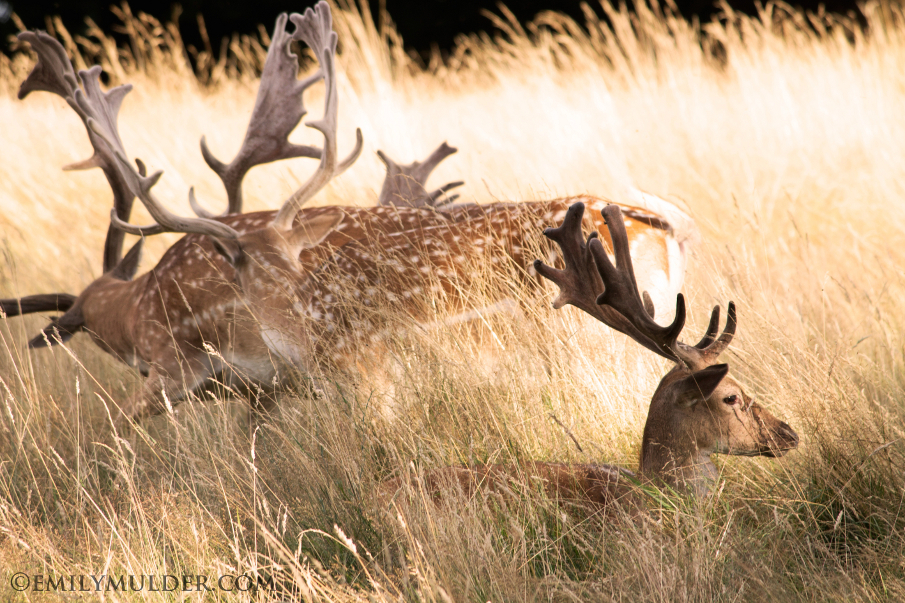
Oppositely, if your preference is to find something less self-guided and more interactive, especially if you’re traveling in a family with children, just consult the Royal Parks website, which will give you a list of activities with everything from horseback riding to fishing and golf, and a list of facilities that include playgrounds and attractions.
No matter what set of plans you make, don’t forget to take a pause at some point in the day to grab a cup of tea at Pembroke Lodge, the highest point in the park!
By way of most important advice, let me warn you, the park is big and getting lost is a very real possibility. My cell phone battery died about halfway into my excursion, after which I incorrectly consulted one of the posted maps and then set off in precisely the wrong direction.
Unlike some parks in other parts of the world, getting lost in Richmond does not mean you are going to tangle with any life threatening wildlife or starve to death, but it does set you up for a hefty detour and a hit to your schedule, because (barring emergency or bringing a bike with you) the main way to get yourself out is on foot.
If you’re planning a trip itinerary, consider consulting one of the many guide books available, such as Guide to Richmond Park or Richmond Park: The Walker’s Historical Guide to best optimize your time.
It would be safe to budget a full day if you want to explore the park in its entirety. For me, just crossing the top Northwest quadrant of the park (entering through Bog Gate and exiting through Ham Gate – map here) took me about four hours, although to be fair I was lost briefly, and then wandering leisurely and stopping often to take pictures.
But try to keep in mind that you will also likely want to stop to take lots of pictures. Because it is very, very pretty.
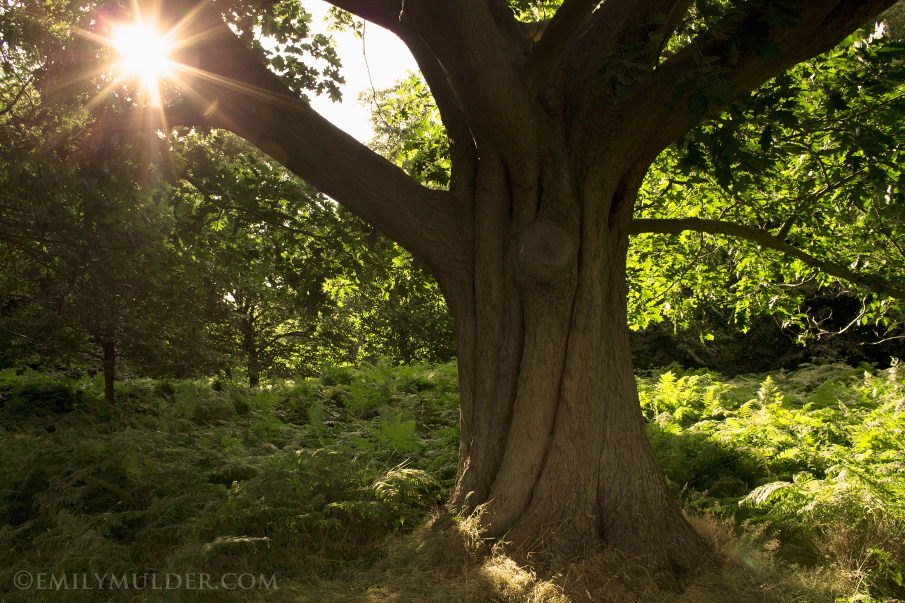
If you’re without the ability to come to England and take your own pictures, you can check out Richmond Park by Alex Saberi or A Year in the Life of Richmond Park by Joanna Jackson, both stunning photography books that present the best scenes of the park as captured by local resident photographers.
For more information about all eight of London’s free Royal Parks, read here.




